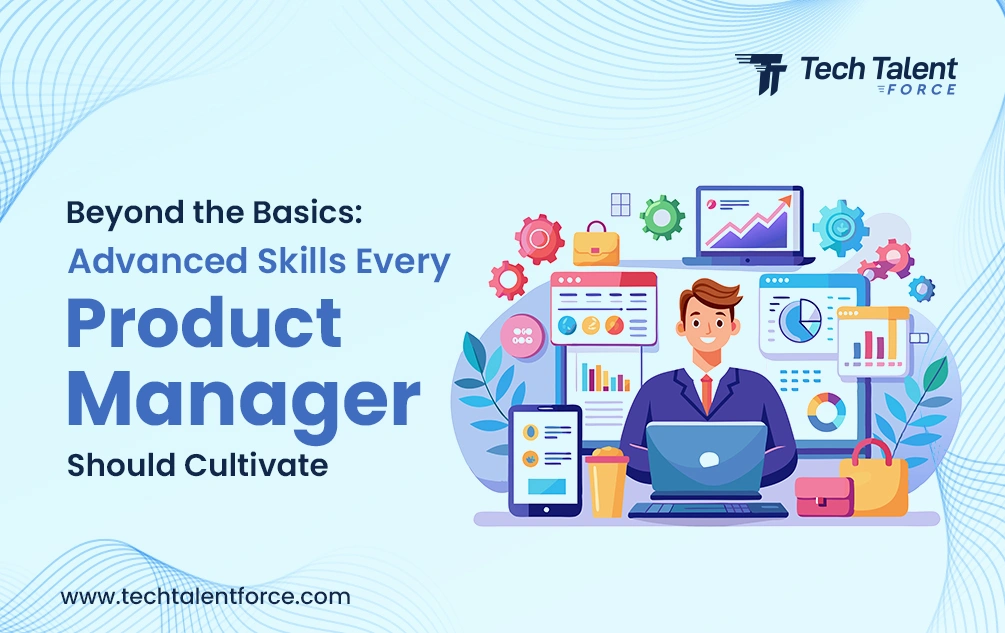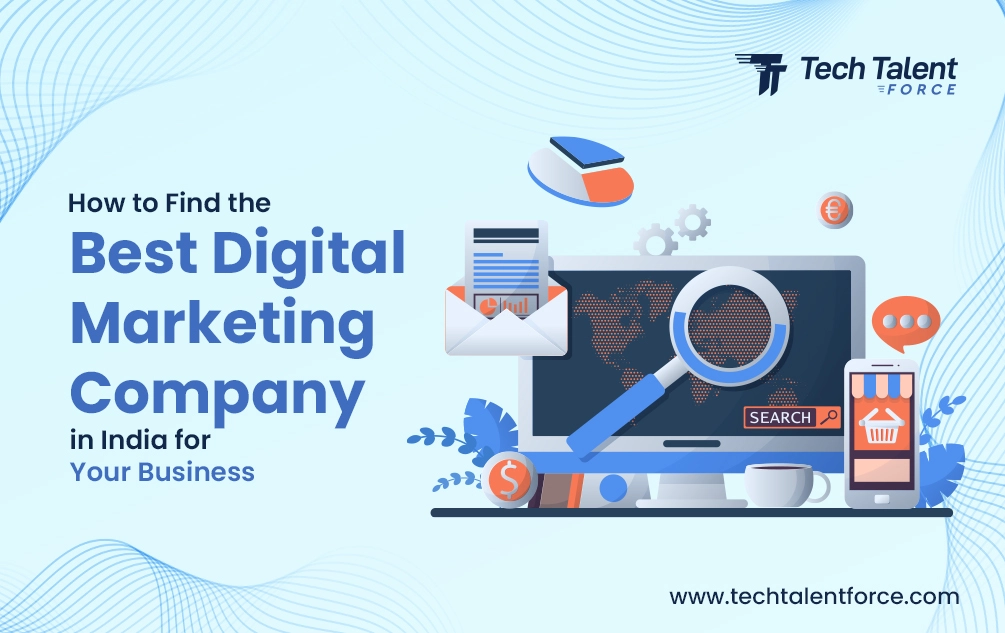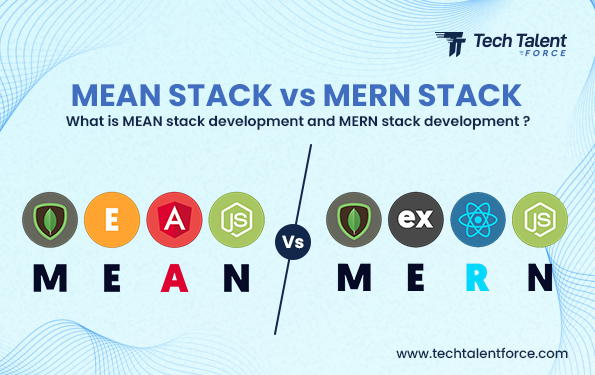Since 2008, more than 1 billion people have used computers. On record, mobile subscribers exceeded more than eight billion, reaching 8.3 billion in 2019. Plus, the addition of software has undoubtedly transformed our lives in countless ways. From the way we communicate and connect with others to the way we work and learn, software has become an integral part of our daily lives.
Therefore, for businesses to succeed and connect with customers, software and applications are key. There are several types of development software to choose from. Following the suitability, businesses must understand the different types of software development lifecycles crucial to the operation of their business.
Key reasons why companies need software development
Customisation: Pre-made software may not always satisfy a company’s precise needs and demands. Companies may design specialised solutions that fit their unique business processes and workflows. Thanks to custom software development.
Innovation: Businesses may generate fresh, cutting-edge goods, services, and business models thanks to software development. It creates possibilities for discovering new markets, increasing client reach, and gaining a competitive advantage.
Scalability: Custom software can get created to grow with a business, accommodating rising data, user, and transaction volumes. It promotes businesses’ long-term business objectives and helps them circumvent the restrictions put on them by commercial software.
Let’s further understand the SDLC models that can be useful to businesses. It involves several unique stages. These include planning, analysis, design, construction, testing, deployment, and maintenance. Among all the models present, waterfall and agile are the two main types.
Agile: The Agile model enables business stakeholders to provide feedback throughout the development process and assists teams in identifying and resolving minor project issues before they become heavier difficulties.
Waterfall: The first SDLC methodology waterfall model follows a linear sequential flow. It implies that a phase of development can only start if the one before it gets finished.
Different types of software development
Front-end development
The portion of software development that is most accessible to the user is front-end development. In other words, buyers can immediately see it because this type of software development incorporates the graphical elements of any system, application, or website.
User interface (UI) development and client-side behaviour management are two familiar tasks in front-end development. To make software appealing to end users, UIs are an essential component.
Back-end development
Back-end development is a term used to describe development that takes place off-camera. Or, to put it another way, you cannot see it.
Because server-side activity, which includes servers, databases, application programming interfaces (APIs), and other internal components that enable the software application itself, is a part of back-end development, this is the case.
So, bridge the business gaps by developing the best software for your Organization. If you are looking for an expert team, TTF is here to guide you.
Full stack development
Client-side and server-side programming are combined to form full-stack development. The ins and outs of front-end and back-end programming get mastered by full-stack developers.
The principal software development types must approach their projects with the understanding that full-stack development is the intended outcome.
Application Development
The general approach for developing applications is gathering requirements and creating prototypes. It is sometimes known as Minimum Viable Products or MVPs. In addition, numerous testing techniques gets utilised in developing software for application development after defining the application logic.
Web application development, mobile application development, and general software development are a few of the business goals that can be the emphasis of an application’s development. Application development can also satisfy the need for low-code and speedy application development.
Web Application Development
Building software programmes that operate online, often using a web browser, is web application development. These apps might be anything from straightforward static websites to intricate dynamic ones with lots of user interaction and data processing.
Cloud computing development
Software of all kinds, from Google Drive storage options to GitHub software tools, is part of cloud technology.
Delivering on-demand resources without having to deal with physical infrastructure or complex internal systems is what cloud computing, in general, entails. The back end of a software system is typically abstracted with cloud technology so that users have to handle the user interface. Cloud computing is useful for enterprises of all sizes.
Benefits of software development:
- It is crucial for companies since it allows them to stand out from rivals and improve their competitiveness.
- Software development can enhance consumer experiences and expand the range of new, feature-rich products.
- In addition to these benefits, it may also improve businesse's productivity, efficiency, and security. Information may be digitised and stored online, saving space while integrating and centralising it for simple access by those who need it.
- Additionally, defending your data from strangers is simple.
So, bridge the business gaps by developing the best software for your Organization. If you are looking for an expert team, TTF is here to guide you.
Our team of professionals uses innovative and modern development techniques, providing the best business softwares.





No Comments